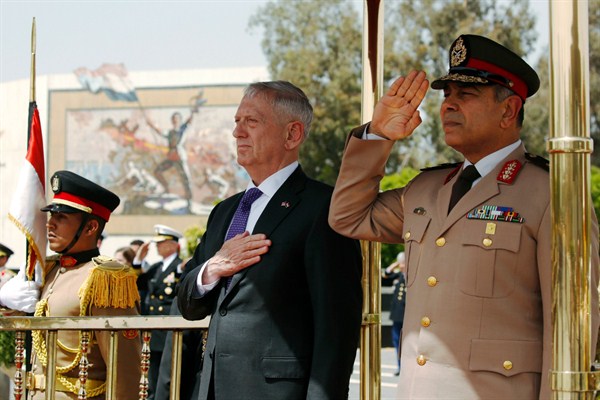Security assistance is a longstanding American tool to build up cooperation with key countries, including regional heavyweights like Egypt, Nigeria and Pakistan, where security deficits have consequences for the United States. But security cooperation often requires bureaucratic agility and a true convergence of interests between the sender and receiver. Both elements have been in short supply recently, and new efforts to reform the enterprise seem unlikely to transform these difficult partnerships.
In the past few weeks, Trump administration officials have engaged in several public dialogues about efforts to improve the suite of government-funded programs called security sector assistance. As with many forms of foreign aid, explaining the categories, legal authorities and funding mechanisms is pretty complicated. At essence, the core function of security sector assistance is to help partner countries train, equip, advise and build capacity in their security—mostly military—services. These activities account for between a quarter and a third of the $30 billion in annual U.S. foreign aid.
Many programs that have security components—to train police on human rights, or to advise judiciaries on counterterrorism cases, for example—are outside the rubric of security sector assistance as it exists today. But one of the main messages of the Trump administration’s attempted reforms is to take a more holistic approach, to connect and adapt aid to the larger picture of changing conditions in partner countries. More holistic means tighter coordination and shared management by both the State Department and the Defense Department at all points of the life cycle of these programs. It also means taking a longer and more comprehensive view of the security environment and the key security players. This could well lead to applying the goals of security sector assistance to a wider set of actors in key countries, in order to make it less exclusively a military endeavor.

